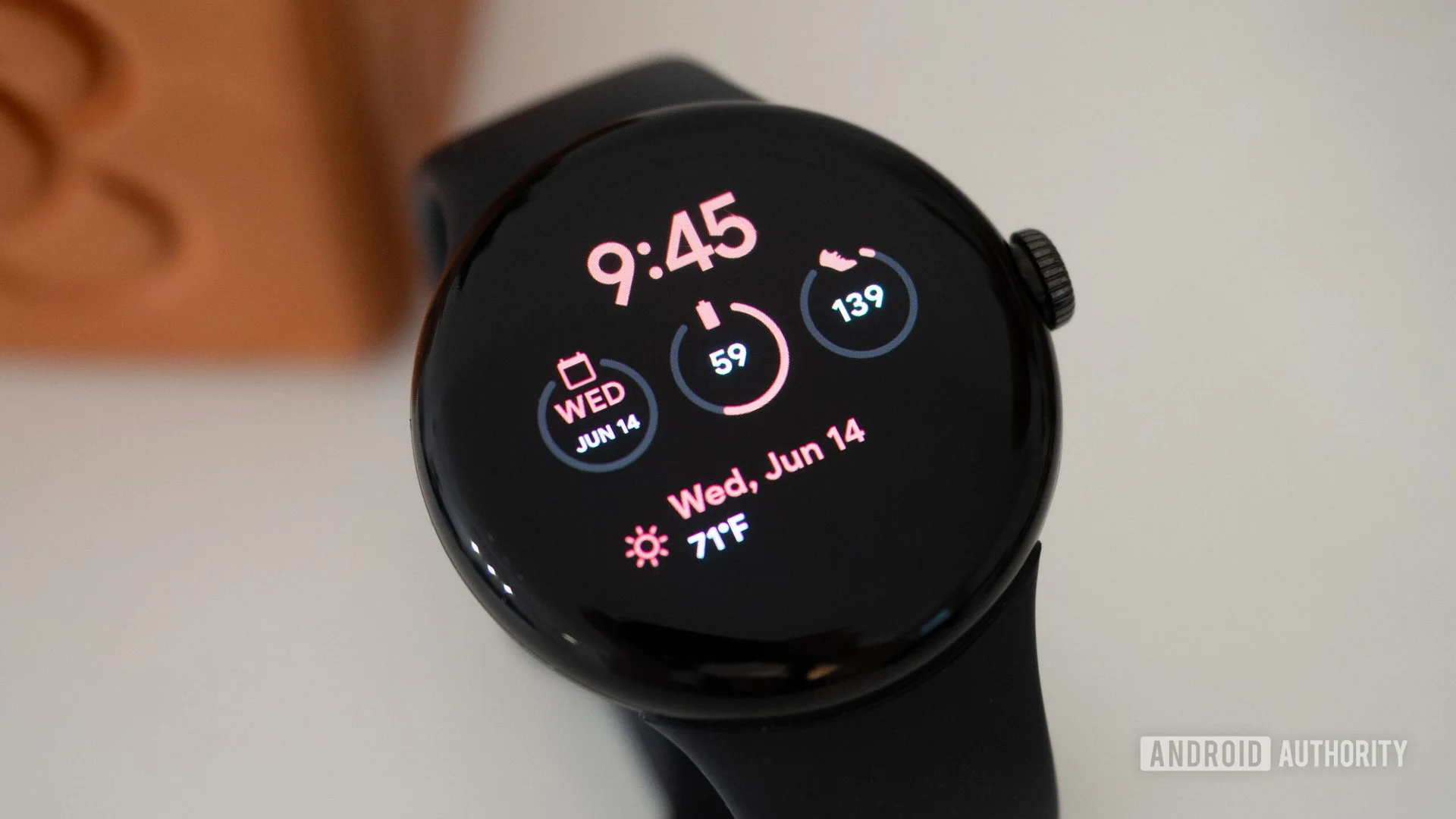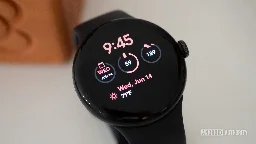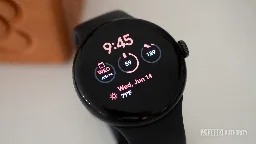Exclusive: Google Pixel Watch 2 to feature UWB, new chipset, and more
Exclusive: Google Pixel Watch 2 to feature UWB, new chipset, and more

Exclusive: Google Pixel Watch 2 to feature UWB, new chipset, and more

tl;dr:
- Qualcomm Snapdragon W5 Gen 1 SoC, 4-core CPU clocked at 1.7 Ghz, Adreno 702 GPU, more power-efficient than the previous SoC (Exynos 9110);
- Google is not using the W5+ variant, which adds the QCC5100 coprocessor, it will be using a custom coprocessor instead similar to 1st gen Pixel Watch;
- NXP SR100T UWB module (https://www.androidauthority.com/what-is-uwb-1151744/);
- 306mAh battery (vs 294mAh in 1st gen);
- Samsung Display instead of Pixel Watch’s BOE panel, specs remain the same;
- Wear OS 4 (based on Android 13) and seamless updates (https://source.android.com/docs/core/ota/ab);

